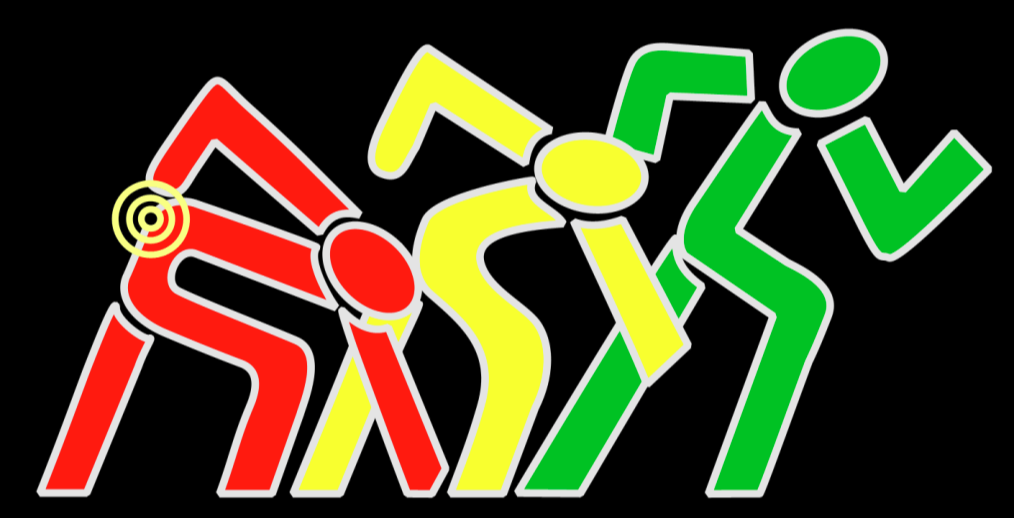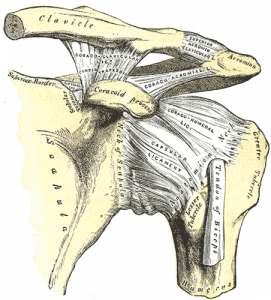
Injury Therapy
Gilly Bharath, a qualified and respected Injury Therapist is now available at the Bracknell Rugby Football Club.

Gilly Bharath, a qualified and respected Injury Therapist is now available at the Bracknell Rugby Football Club.
Shoulder problems including pain, are one of the more common reasons for physician visits for musculoskeletal symptoms. The shoulder is the most movable joint in the body. However, it is an unstable joint because of the range of motion allowed. This instability increases the likelihood of joint injury, often leading to a degenerative process in which tissues break down and no longer function well.
What structures make up the shoulder?

The shoulder joint is composed of three bones: the clavicle (collarbone), the scapula (shoulder blade), and the humerus (upper arm bone) (see diagram). Two joints facilitate shoulder movement. The acromioclavicular (AC) joint is located between the acromion (part of the scapula that forms the highest point of the shoulder) and the clavicle. The glenohumeral joint, to which the term “shoulder joint” commonly refers, is a ball-and-socket joint that allows the arm to rotate in a circular fashion or to hinge out and up away from the body. The “ball” is the top, rounded portion of the upper arm bone or humerus; the “socket,” or glenoid, is a dish-shaped part of the outer edge of the scapula into which the ball fits. Arm movement is further facilitated by the ability of the scapula itself to slide along the rib cage. The capsule is a soft tissue envelope that encircles the glenohumeral joint. It is lined by a thin, smooth synovial membrane.
The bones of the shoulder are held in place by muscles, tendons, and ligaments. Tendons are tough cords of tissue that attach the shoulder muscles to bone and assist the muscles in moving the shoulder. Ligaments attach shoulder bones to each other, providing stability. For example, the front of the joint capsule is anchored by three glenohumeral ligaments.
The rotator cuff is a structure composed of tendons that, with associated muscles, holds the ball at the top of the humerus in the glenoid socket and provides mobility and strength to the shoulder joint.
Two filmy sac-like structures called bursae permit smooth gliding between bone, muscle, and tendon. They cushion and protect the rotator cuff from the bony arch of the acromion.
Types of shoulder pain
Shoulder pain may be localized or may be referred to areas around the shoulder or down the arm. Disease within the body (such as gallbladder, liver, or heart disease, or disease of the cervical spine of the neck) also may generate pain that the brain may interpret as arising from the shoulder. Conversely, pain felt in the region of the shoulder blade or scapula nearly always has its origin in the neck.
A bruised ligament or tendon in the shoulder may cause severe pain and will need to be treated by an orthopedic doctor. If it is not treated correctly, you will have pain for a long period of time and sometimes it might not heal correctly which may result in surgery. Medicine such as Tylenol, Advil, and IB profen may work for less serious injuries. Acetaminophen, Vicodin, and Anabolic Steriods may help more serious injuries. All will help ease pain and eventually they may heal the injury but only if constantly used for up to a month. The fastest and easiest way is to see an orthopedic doctor so they can decide how badly your shoulder is injured. They might give you a CT, an x-ray, or simply just a sling but all will help your shoulder function properly with out pain